Coaxing pros off tubulars and meeting deadlines: Hunt's first months of World Tour sponsorship
Hunt entered the World Tour for the first time in the 2021 season - and there’s been plenty of opportunities to learn along the way...
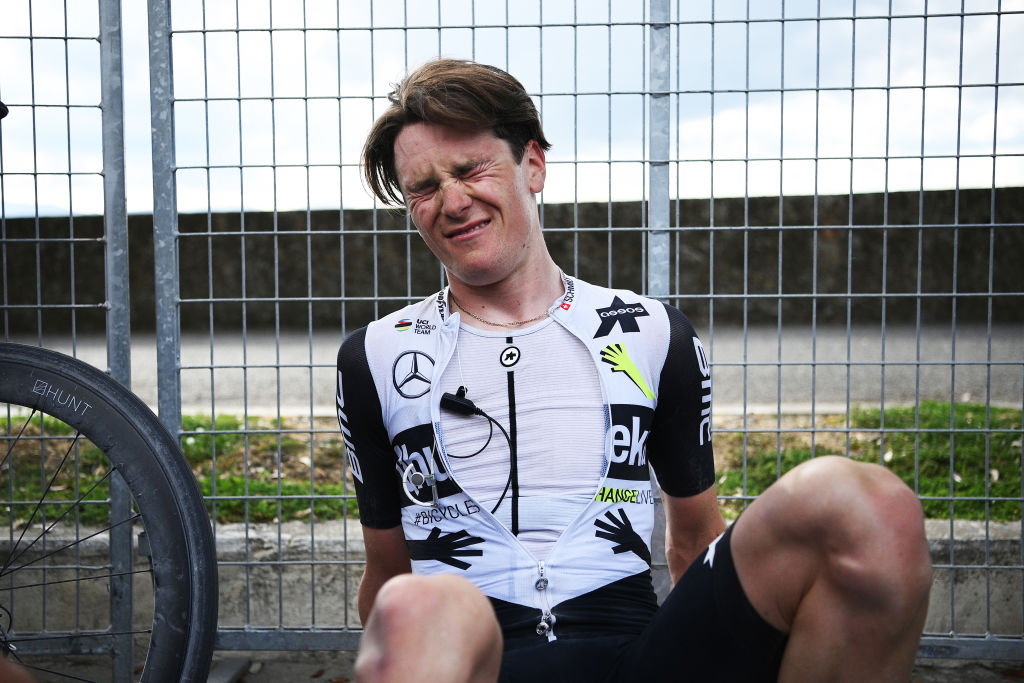

Sussex wheel brand Hunt still feels like a new player on the scene, and perhaps its 2015 date of birth does make it a relative beginner when compared with the likes of Campagnolo (1933) and Zipp (1988). But the brand has come a long way in six short years.
Milestones include hiring Luisa Grappone, who with her aerospace engineering training and experience working with three World Tour teams brought indisputable expertise, and stepping up to the highest level via sponsorship of Team Qhubeka ASSOS in 2021.
A few short months into Hunt’s first season as a sponsor to the likes of Victor Campenaerts, Fabio Aru and the UK’s own Harry Tanfield, we asked the brand’s Ollie Gray for the inside story on supplying wheels at World Tour level.
“An important element of the partnership with Team Qhubeka ASSOS was to avoid telling them what wheels they should ride,” Gray said when asked which wheelsets Hunt had made available to the team. “Riders will always feel more confident in equipment they've chosen themselves,” he added.
“For the Grand Tours, the range of wheels the team takes in the truck is pretty expansive, covering pretty much all of our tubeless ranges; from Limitless, through Aerodynamicist, and actually a good number of the Carbon Aero Disc (CAD) wheels in multiple depths,” he said.
The Carbon Aero Disc wheels come in at £879 for a 50mm pair, and Gray adds “it's amazing to see pros in the highest echelon of the sport, choosing to ride wheels that are readily available to everyday riders. It was a pair of 50 CADs that Michael Gogl rode to 6th at Strade Bianche on, which was brilliant to watch and testament to all the hard work in development and testing that the team has put into the range.”
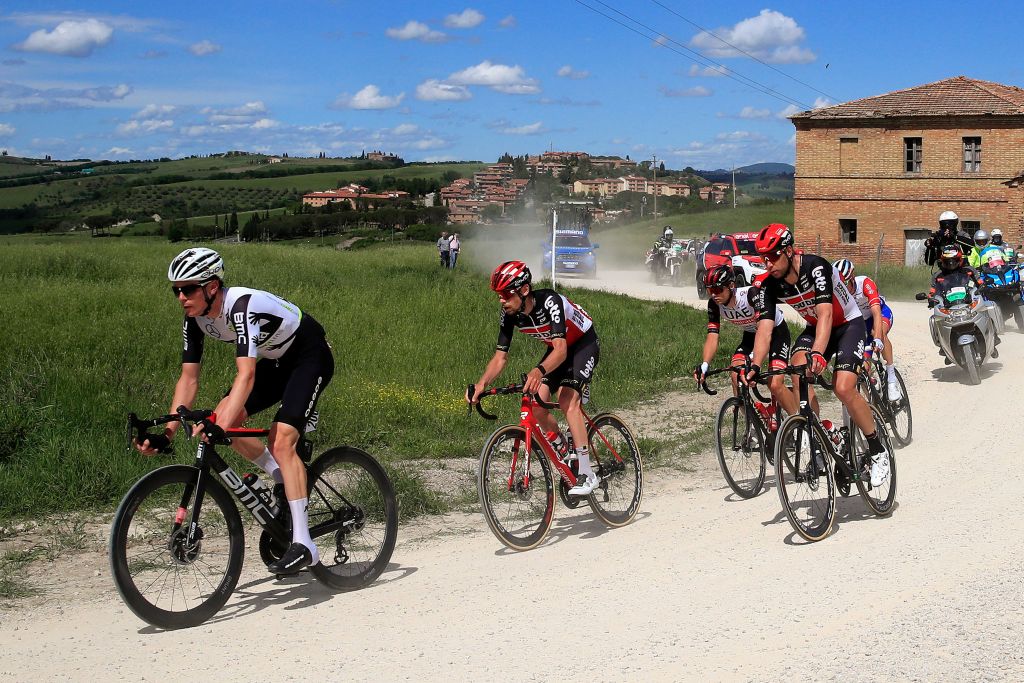
Mauro Schmid rides on a gravel section in a breakaway group during the eleventh stage of the Giro d'Italia 2021 cycling race (Photo by Luca BETTINI / AFP) (Photo by LUCA BETTINI/AFP via Getty Images)
Swapping tubs for sealant
The battle between tubulars, tubeless and clincher systems (using latex tubes, naturally) still rages on. The obvious pro rider argument in favour of the former is that tubulars have the benefit of remaining just about rideable even when flat. In addition, despite rolling resistance data suggesting otherwise, many riders and mechanics still cling on to a legacy romanticism that states “tubs just roll better.” This has presented an issue for wheel brands who don’t make tubular rims anymore, due to the lack of demand from consumers.
“Initially, a lot of riders were leaning towards riding tubulars, with some custom team pairs initially in production in preparation for the season. However, after testing out the tubeless wheels, many riders switched towards wanting to ride these instead. It was something we found very interesting as the ongoing debate around tubeless wheels continues,” Gray said.
“A good example of this out on the road was Victor Campanaerts opting for the 60 Limitless Aero Disc wheels at Omloop Het Nieuwsblad for the start of the classics back in February. He ran tubeless wheels and his feedback was great.”
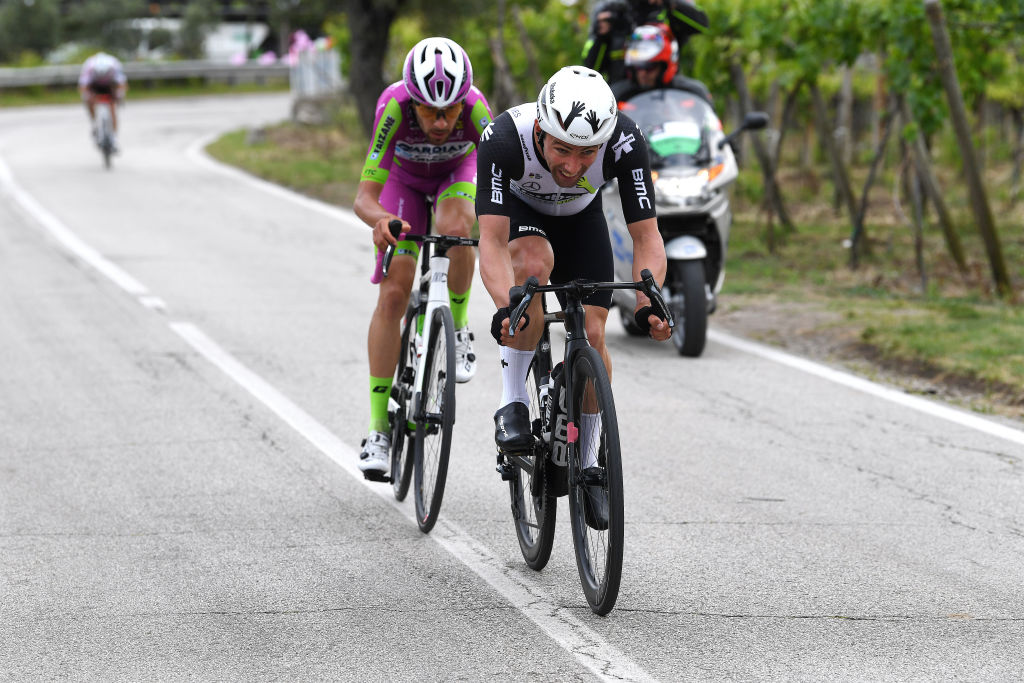
Victor Campenaerts in the breakaway during Stage 8 of the Giro d'Italia (Photo by Tim de Waele/Getty Images)
Campanaerts, having taken the Hour Record in 2019, is the kind of rider who pays attention to his equipment choices.
“Of course, riders of Victor’s calibre and nature are the sorts of guys that other riders in the team look to for advice on equipment selection, so overall we’ve seen a shift in requirements towards more tubeless wheels from the team. It was down to Victor’s experience that Giacomo Nizzolo decided to run those 60LADs for Gent Wevelgem, a race in which he placed second.”
Playing catch up
Supporting a World Tour team isn’t just expensive, it comes with logistical ‘considerations’.
“The main challenge that we were presented with was time. [Team principal] Doug Ryder was arranging sponsors and riders quite late in 2020, so there was a lot to be done in a really short timeframe once we'd come onboard. We were playing catch up slightly in terms of getting stock prepared for the team, while also not impacting the stock levels that we had available for our customers around the world,” Gray comments.
The fact that a bicycle needs just two wheels, helped.
“Fortunately the team can only ride a certain number of wheels at one time or at one race, so we had time to get fully up to speed as the early season got underway. Now when we’re presented with the vast range of wheels that are required to tackle the Giro d’Italia, our first ever GrandTour at HUNT - which is a hugely proud moment in itself - we’re ready for the challenge and can work individually with riders to ensure that they have the wheels they want and need for the range of stages that are on offer over the three weeks of racing.”
It is only when you step up to working at the level of the World Tour that you encounter such diversity in riding talents and associated needs.
Ollie Gray, Hunt
The relationship comes with obvious benefits, though.
“[We can obtain] feedback from more world class riders who can evaluate and test wheels in ways that many of us can’t possibly achieve. We can learn more about what riders want, both from a personal perspective and also from a performance viewpoint,” Gray remarks.
“One of our main learnings so far has been the variety in the needs and desires of the riders. It is only when you step up to working at the level of the World Tour that you encounter such diversity in riding talents and associated needs. This is something that has played very much to our strengths,” Gray says.
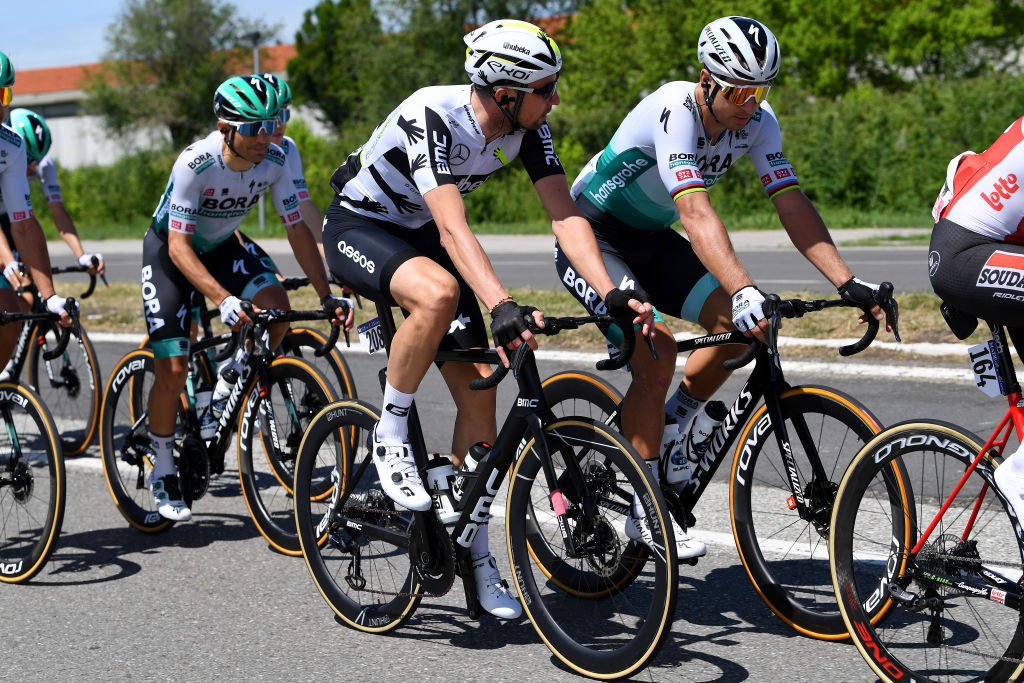
Lukasz Wisniowski and Peter Sagan on Stage 5 of the Giro d'Italia (Photo by Tim de Waele/Getty Images)
Team Qhubeka ASSOS itself is fairly unique in the pro peloton, in that it is linked to the Qhubeka charity which donates bicycles to people in need in Africa, allowing access to schools, clinics, and jobs. There’s a special focus on young girls, in a bid to address the 25 per cent who are out of school and 38 per cent married before the age of 18.
“One of the key partnerships that has been made possible by our support of the team, is the Qhubeka charity itself. The Rider Firm [which owns Hunt] is committed to promoting diversity, inclusion, justice and equity within our organisation and throughout the larger cycling community, and Qhubeka are one of a number of organisations that we support who seek to stimulate positive global change through the medium of the bicycle,” Gray says.
Gray hints at some “exciting plans” to highlight the work of the charity, and with a season of racing stretching ahead there will no doubt be more lessons learned and glory moments enjoyed. Not least Mauro Schmid’s stage 11 win in Italy. Hunt has come a long way in six years, but the road ahead looks longer.

Thank you for reading 20 articles this month* Join now for unlimited access
Enjoy your first month for just £1 / $1 / €1
*Read 5 free articles per month without a subscription

Join now for unlimited access
Try first month for just £1 / $1 / €1
Get The Leadout Newsletter
The latest race content, interviews, features, reviews and expert buying guides, direct to your inbox!
Michelle Arthurs-Brennan the Editor of Cycling Weekly website. An NCTJ qualified traditional journalist by trade, Michelle began her career working for local newspapers. She's worked within the cycling industry since 2012, and joined the Cycling Weekly team in 2017, having previously been Editor at Total Women's Cycling. Prior to welcoming her first daughter in 2022, Michelle raced on the road, track, and in time trials, and still rides as much as she can - albeit a fair proportion indoors, for now.
Michelle is on maternity leave from April 2025 until spring 2026.
-
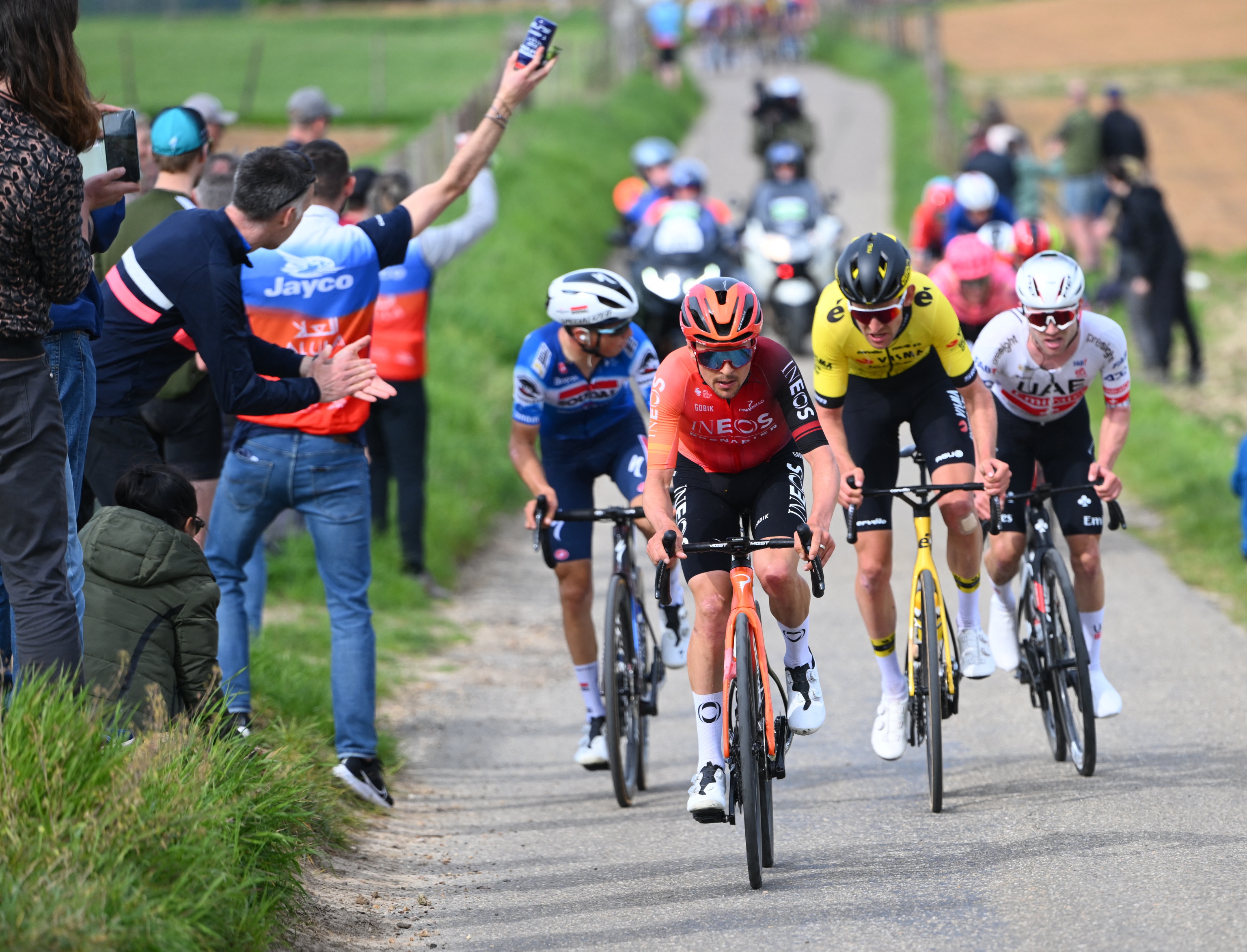 How to watch the Amstel Gold Race 2025: Everything you need to live stream the Dutch Classic
How to watch the Amstel Gold Race 2025: Everything you need to live stream the Dutch ClassicAll the broadcast information for the first of the Ardennes Classics on 20 April with Tom Pidcock – here's how to watch Amstel Gold Race online and on TV.
By Adam Becket
-
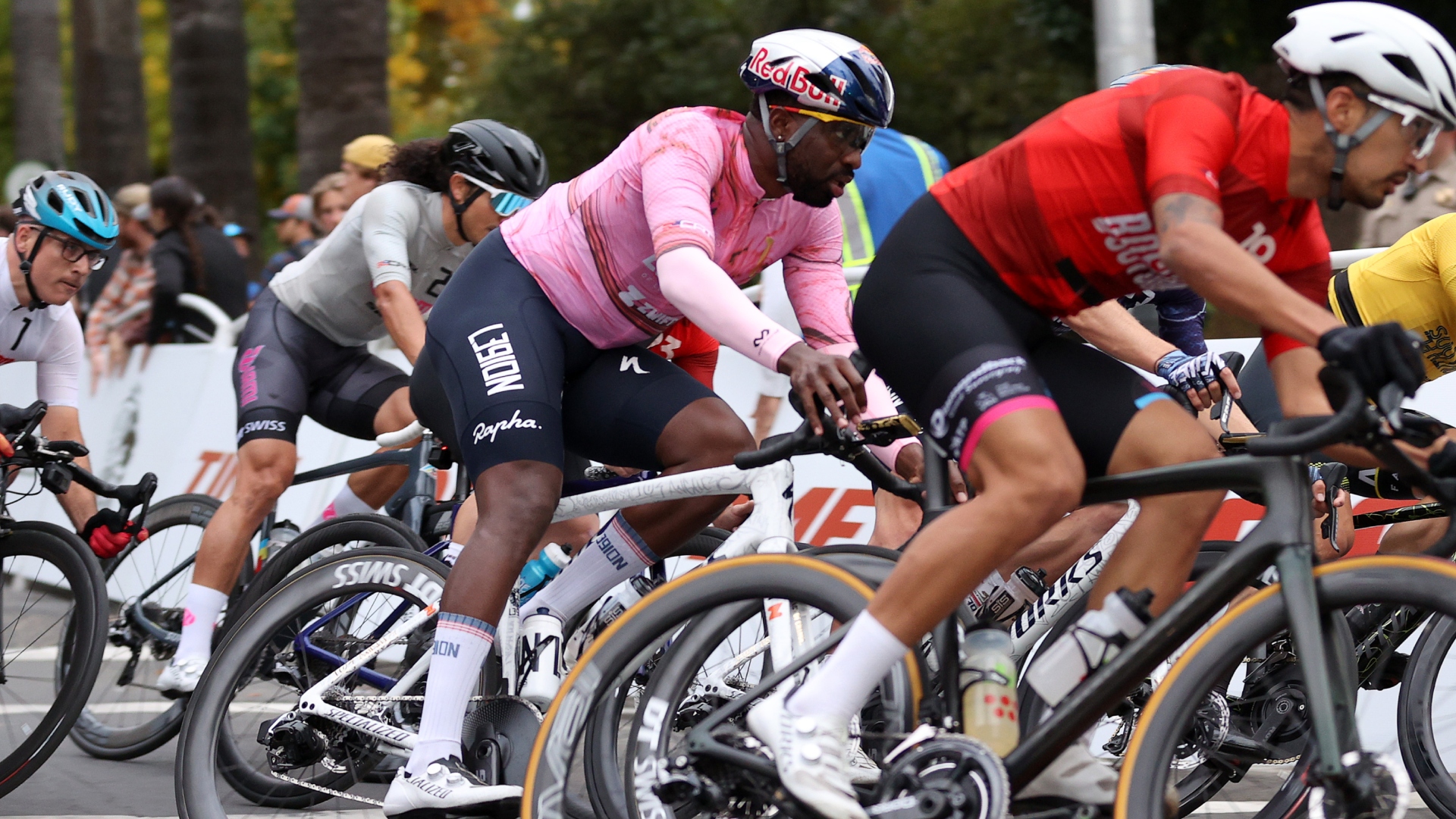 Can you make a living as an American domestic road racer? A look inside the part-time professionalism of the American road peloton
Can you make a living as an American domestic road racer? A look inside the part-time professionalism of the American road pelotonAfter decades of booms and busts, the American road scene finds itself in a fragile place. We spoke to riders to understand the reality of chasing the dream on home soil
By Logan Jones-Wilkins